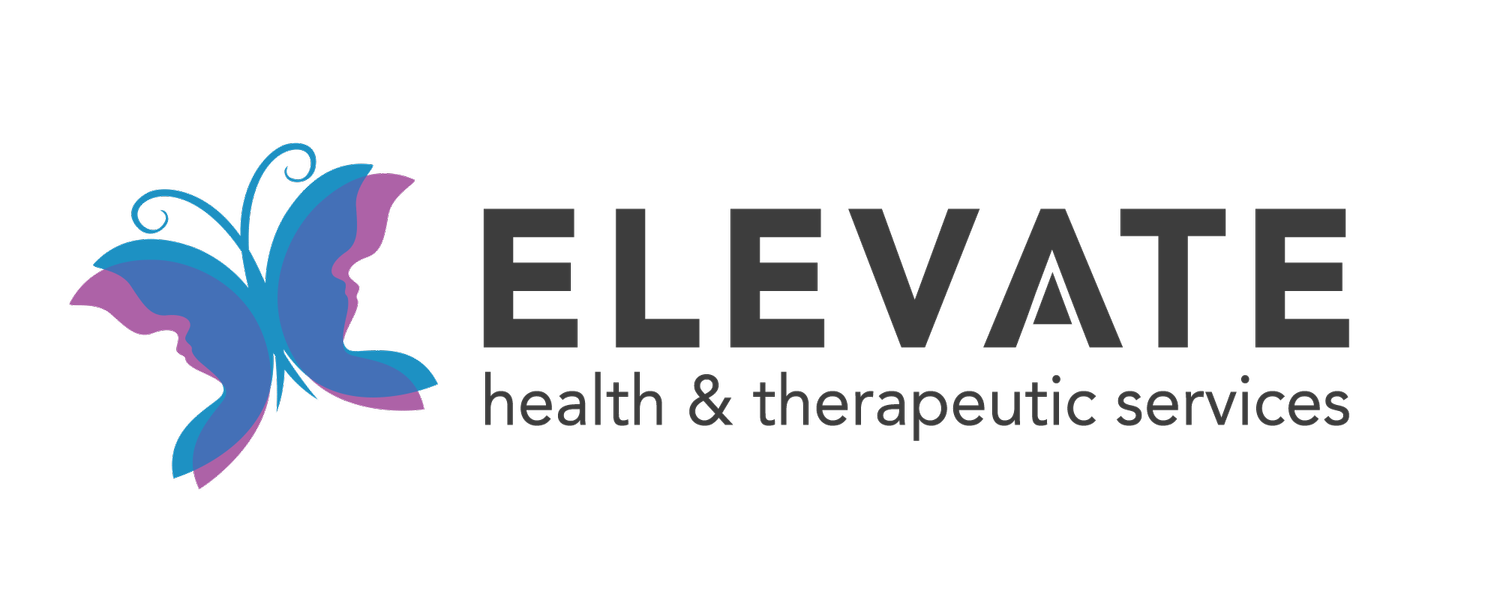Unlocking Potential: Not Too Young for AAC (Alternative and Augmentative Communication)
Communication is a fundamental aspect of human connection, and everyone deserves the chance to express themselves. In this blog post, we explore the empowering world of Alternative and Augmentative Communication (AAC) and why it's not limited by age. Let's delve into the possibilities of AAC for children, highlighting the importance of early intervention and support.
What is AAC?
AAC stands for Alternative and Augmentative Communication. It encompasses a wide range of tools and strategies that support or replace spoken communication. This is particularly crucial for individuals who may have difficulty with verbal expression, such as those with developmental delays, speech disorders, or conditions like autism.
Breaking Stereotypes:
AAC for Young Minds: Contrary to some misconceptions, AAC is not reserved for a specific age group. It's a powerful tool that can benefit individuals of all ages, including young children. Early intervention with AAC can be transformative for a child's development, providing them with the means to communicate effectively long before they master spoken language.
The Importance of Early Intervention: Research consistently highlights the benefits of early intervention in speech and language development. When children are introduced to AAC methods, such as communication devices, sign language, or picture communication boards, they gain valuable means of expressing their thoughts, needs, and emotions. This early exposure contributes to overall language development and can reduce frustration for both the child and their caregivers.
Some Types of AAC for Young Children:
Picture Communication Boards: These visual aids use images or symbols to represent words or concepts, aiding in communication.
Communication Devices: Technological advancements have led to user-friendly communication devices that cater to children's needs. These devices may include touchscreens with pre-programmed words or phrases.
Sign Language: Teaching basic sign language to young children can be a powerful way to enhance their communication skills.
Getting Started with AAC: At Elevate Health we have many resources available for parents, caregivers and AAC device users. Training programs, and support groups can be invaluable in this journey.
Every month we host a Language Explorers Group!
In the realm of communication, age should never be a barrier. AAC opens doors for children, unlocking their potential and giving them a voice. Embracing AAC early in a child's life is a powerful investment in their future, fostering not just language development, but also independence, confidence, and a sense of belonging.
Empower young minds with the gift of communication – because it's never too early to speak up.
